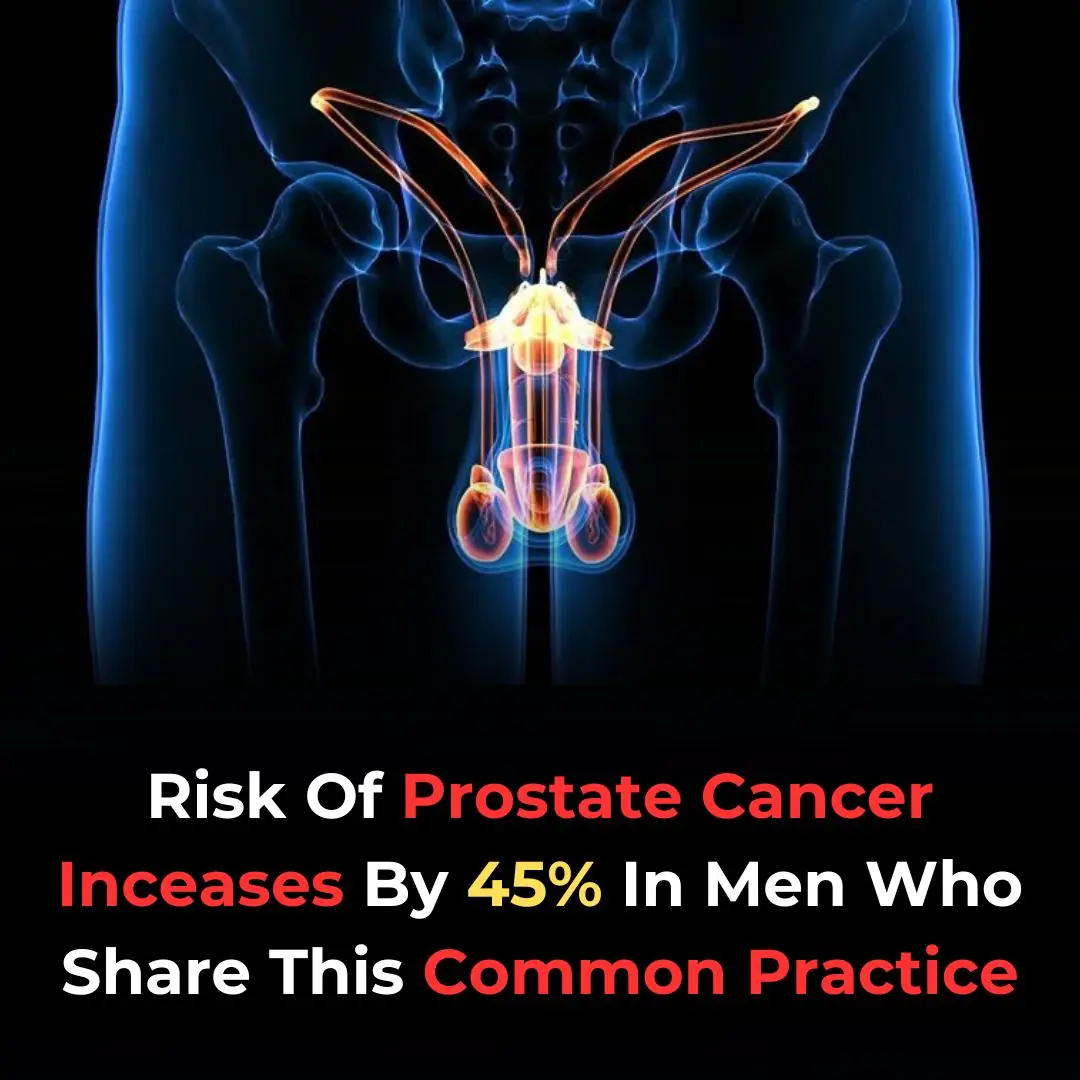
‘I have been researching death for 30 years. I am now convinced it is reversible’
As He Releases a Book on Extending Life, Leading Researcher Sam Parnia Explains Why Resurrection Is No Longer Science-Fiction
Charlotte Lytton
27 August 2024 | 1:53 PM BST
Sam Parnia, M.D., Ph.D., is no stranger to challenging conventional wisdom. As an associate professor of medicine at New York University’s Langone Medical Center, Parnia has spent over 30 years studying the science of death and the possibility of resurrection. His latest book, Lucid Dying, delves into his pioneering research, offering compelling evidence that the line between life and death is not as clear-cut as once thought.
While breakthroughs in cancer, heart disease, and diabetes have dramatically changed how we treat these conditions, one medical boundary has remained mostly static: death. But Parnia believes this is about to change. “What we believe about death is fundamentally wrong,” he argues. “It is not the end, but a reversible state.”
A New Era of Scientific Discovery
Parnia’s groundbreaking research challenges deeply ingrained societal views of death. “People used to think you could never go beyond the boundaries of flying, let alone beyond the atmosphere of the Earth,” he explains. “If you always believed that, you’d never try. Similarly, we’ve believed death is final, but that belief has held us back.”
For decades, death has been seen as an irreversible process. But with recent advancements, especially in the realm of cardiac arrest resuscitation and organ preservation, Parnia contends that there is now solid evidence that reversing death may not be as difficult as we’ve been led to believe. In his book, Lucid Dying, he outlines not only the current state of resurrection science but also the potential for extending life in ways we previously thought were impossible.
Revolutionary Resuscitation Methods
One of the most eye-opening aspects of Parnia’s research is his focus on cardiac arrest cases. In 2012, the resuscitation rates at his hospital were a staggering 33%, far surpassing the U.S. average of 16%. This success was due to innovative treatments, such as administering drugs that preserve pig organs after CPR, which have significantly improved survival rates.
Parnia’s work shows that brains remain “salvageable for not only hours, but possibly days,” challenging previous assumptions about how long the brain can survive after death. He recounts a particularly striking case where brain cells retained full function 48 hours after being removed from a person’s body. This breakthrough, despite complications like the melting of ice used to preserve the organ, has proven to be a “game-changer.”
The Resurgence of Organ Function
Research in the last few years has produced some shocking results that support Parnia’s thesis. A Yale University study from 2019 demonstrated how decapitated pig brains could be revived up to 14 hours after death. Similarly, a 2022 study by Yale showed that a combination of drugs and heart-lung machines could restore organ function in pigs. “It is just a matter of time before these results can be replicated in humans,” Parnia insists.
While these experiments are still in the animal realm, they offer a promising glimpse into what may be possible for human beings in the future. With advancements like these, Parnia is hopeful that the medical community will soon recognize the potential for extending human life and reversing certain aspects of death.
Cryonics: An Unproven Dream or a Possible Reality?
As the conversation about reversing death continues to grow, cryonics—the preservation of bodies at extremely low temperatures in the hope of future reanimation—has become a hot topic. Recently, the launch of Tomorrow Bio, Europe’s first cryonics startup, reignited interest in this controversial field. Cryonics enthusiasts believe it is possible to freeze the body and revive it when technology advances. However, Parnia remains skeptical of this method, calling it “wishful thinking,” although he acknowledges that cooling the body can help protect organs for future revival.
He cites a case in 2019 where a British woman, who had developed hypothermia while hiking in Spain, had her heart stop for six hours. After being treated with advanced life support technology like extracorporeal membrane oxygenation (ECMO), she was revived. “That’s way past what we consider dead for humans,” Parnia points out. “Yet, she was brought back to life because the right intervention was made in time.”
Death Is Not the Final Stop
Parnia is particularly passionate about challenging the social and medical conventions that lead to premature death declarations. “Why give up so soon? Just because someone has stopped breathing doesn’t mean they’re beyond saving,” he argues. He believes that many people who die unexpectedly while in otherwise good health—such as victims of violent crimes or sudden cardiac arrest—are potentially salvageable. In these cases, Parnia suggests, medical professionals need to be more open to using advanced techniques to preserve life.
However, he does acknowledge that not everyone who dies should be revived. Those with multiple organ failure, for example, are unlikely candidates for revival. But, for those who are young and healthy, he insists, there is hope.
The Future of Resurrection Science
Despite the complexities surrounding life extension, Parnia is excited about the future. “In the future, people who would be declared dead today will be routinely brought back to life,” he predicts. While he acknowledges that widespread adoption of resurrection science may not occur in his lifetime, he remains optimistic. “I’m excited to see what discoveries the next few decades will bring.”
Parnia’s vision of reversing death isn’t ghoulish or morbid, as some might think. Instead, he sees it as “hopeful, astonishing, and life-affirming.” Just as CPR was once thought to be an unrealistic fantasy, Parnia believes that one day, we will look back on the idea of death as simply a temporary state—something that, with the right medical intervention, can be reversed.
In the end, Sam Parnia’s work isn’t about playing God. It’s about expanding our understanding of the boundaries of life, challenging outdated notions, and giving people a second chance when technology and science can make it possible.
News in the same category

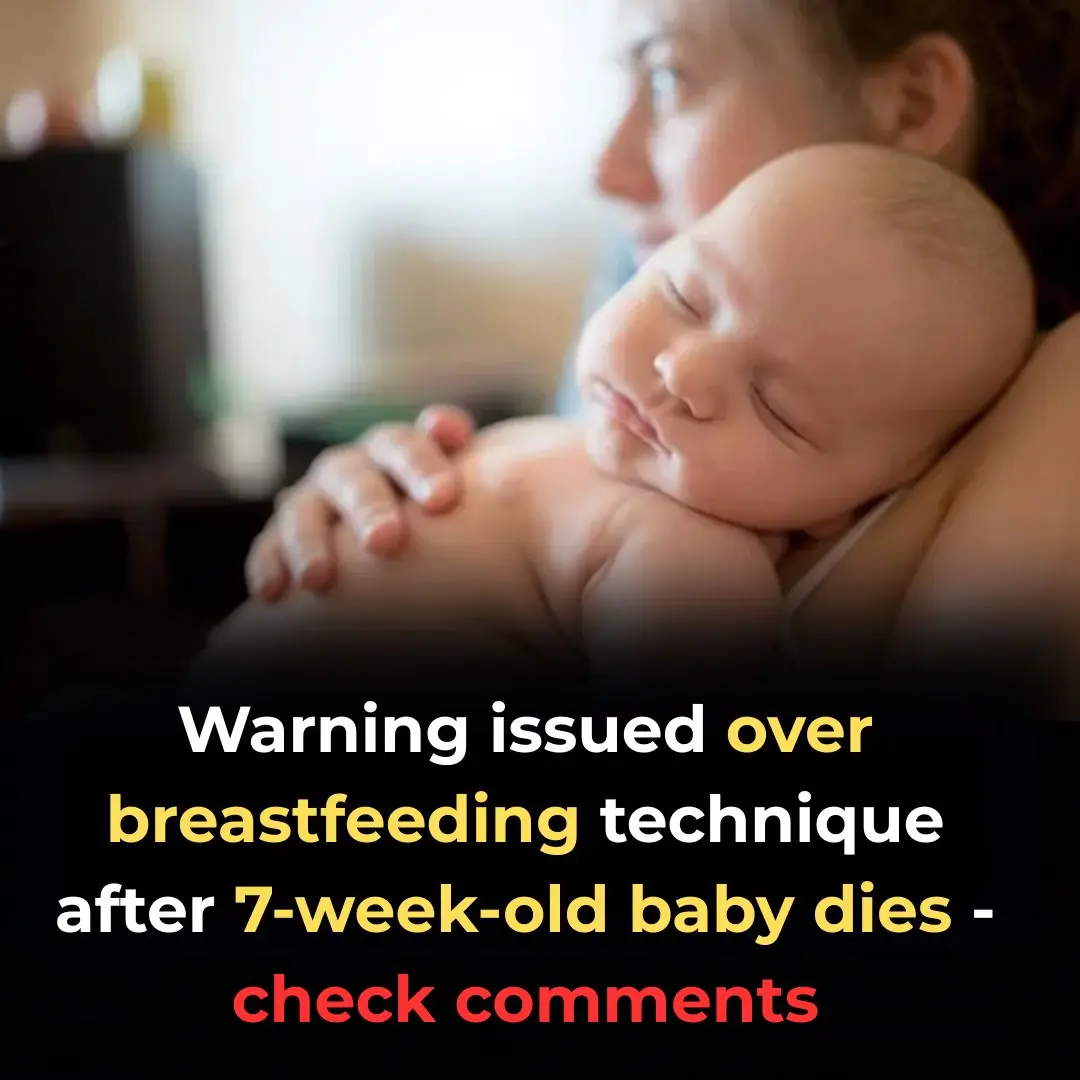
End-of-life nurse shares the most disturbing behaviors seen in those nearing death

**Say Goodbye to Skin Tags and Warts: Easy Removal with Hydrogen Peroxide**

What Does It Signify When You Dream of a Deceased Loved One?

8 Fruits That Can Harm People with Kidney Disease
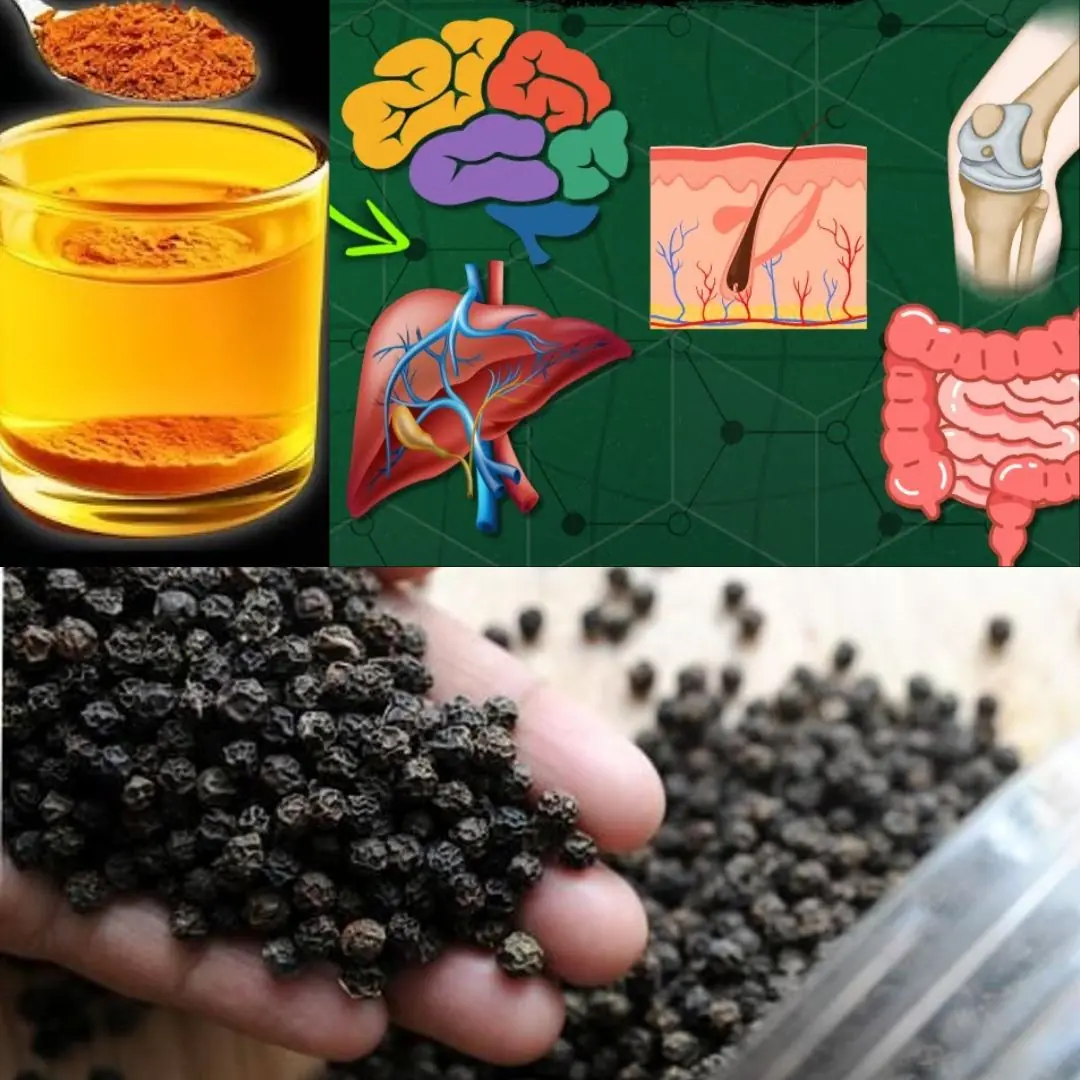
The #1 Most Powerful Remedy in the World

Watermelon Seed Tea: A Natural Remedy for Health & Wellness
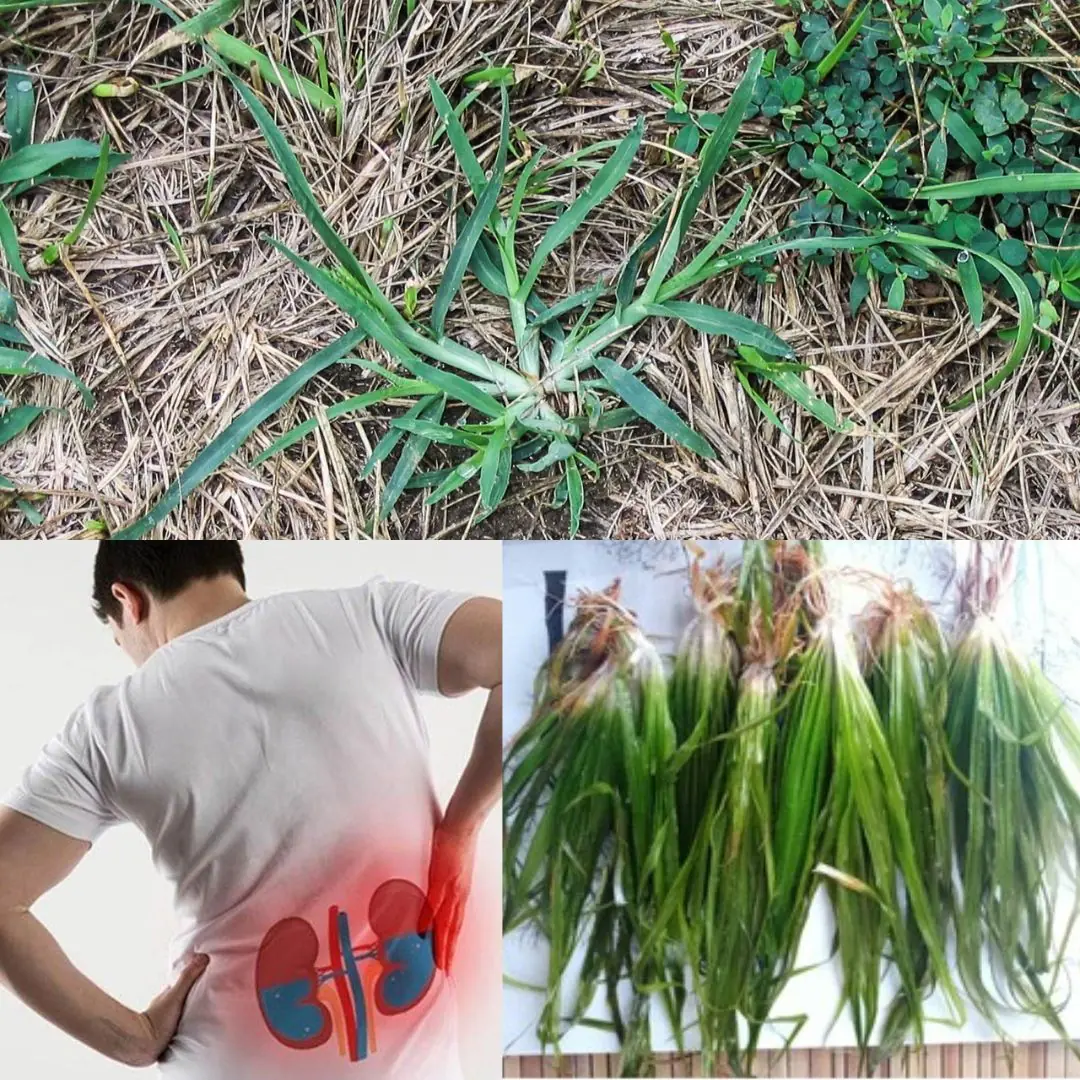
12 Amazing Health Benefits of the Stonebreaker Plant You Shouldn’t Miss

The Top 10 Causes of Premature Aging of Your Face and Skin
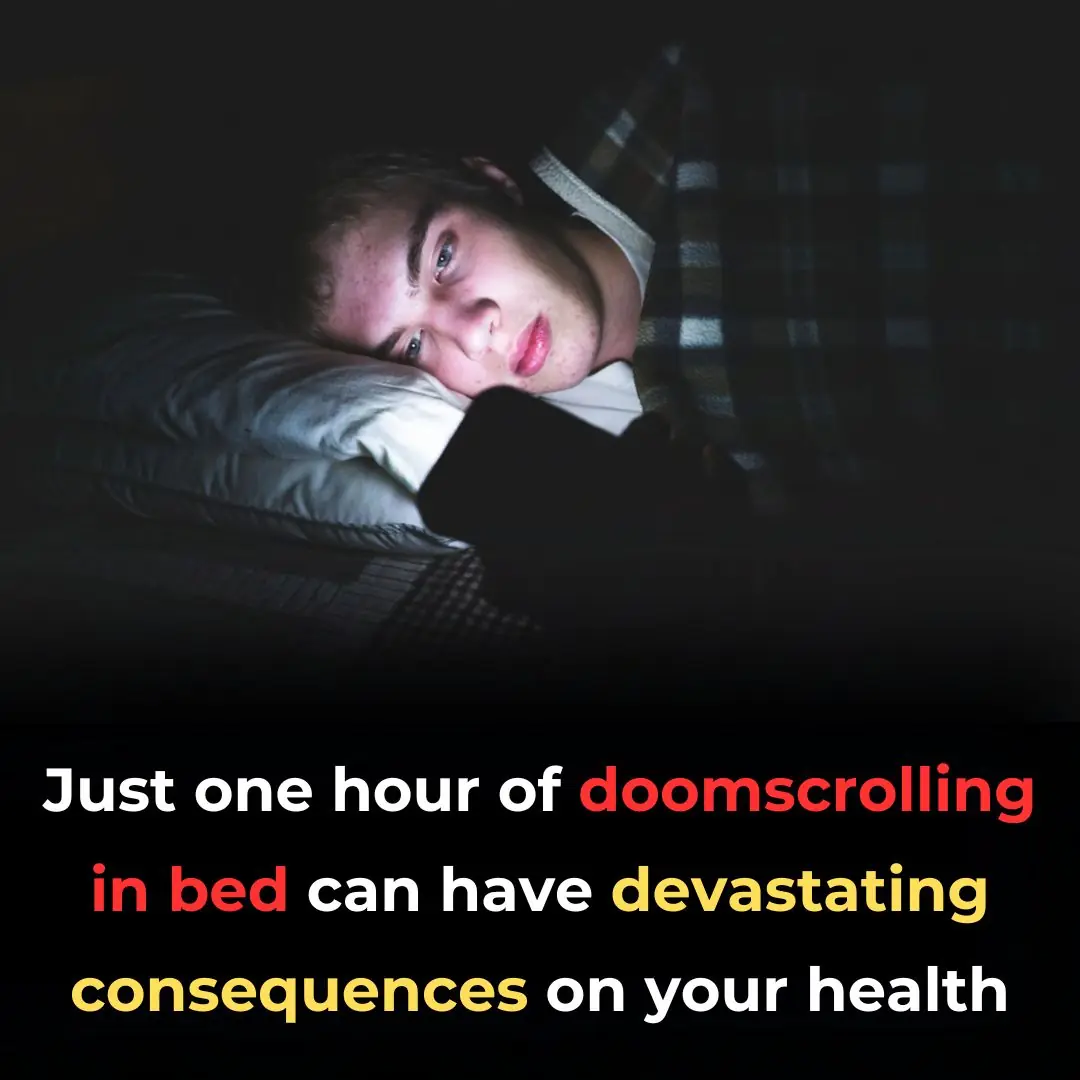
Just one hour of doomscrolling in bed can have devastating consequences on your health
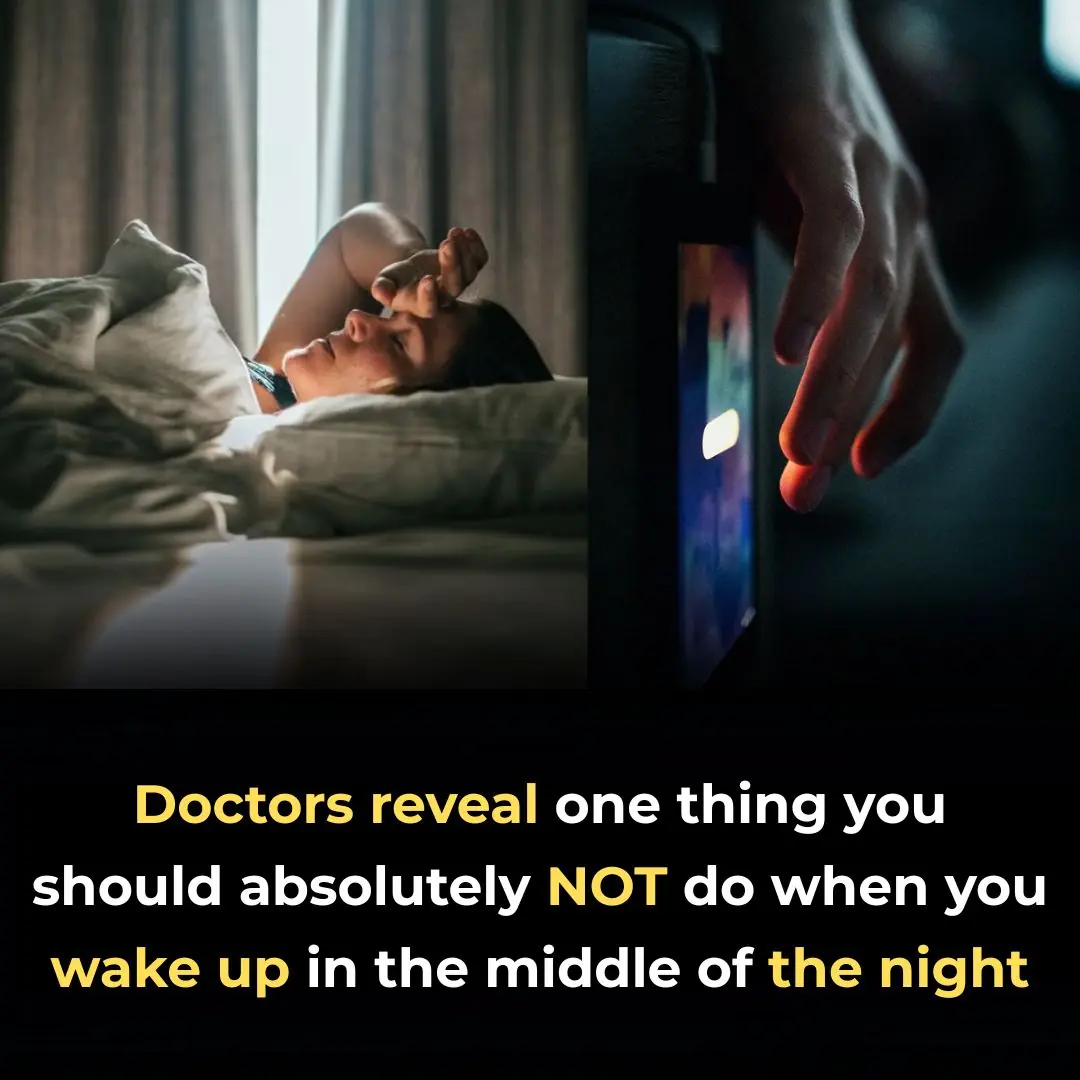
Doctor Warns Against This One Thing If You Wake Up at Night

Many Confuse This Plant with a Weed, But It’s Actually Full of Surprising Health Benefits
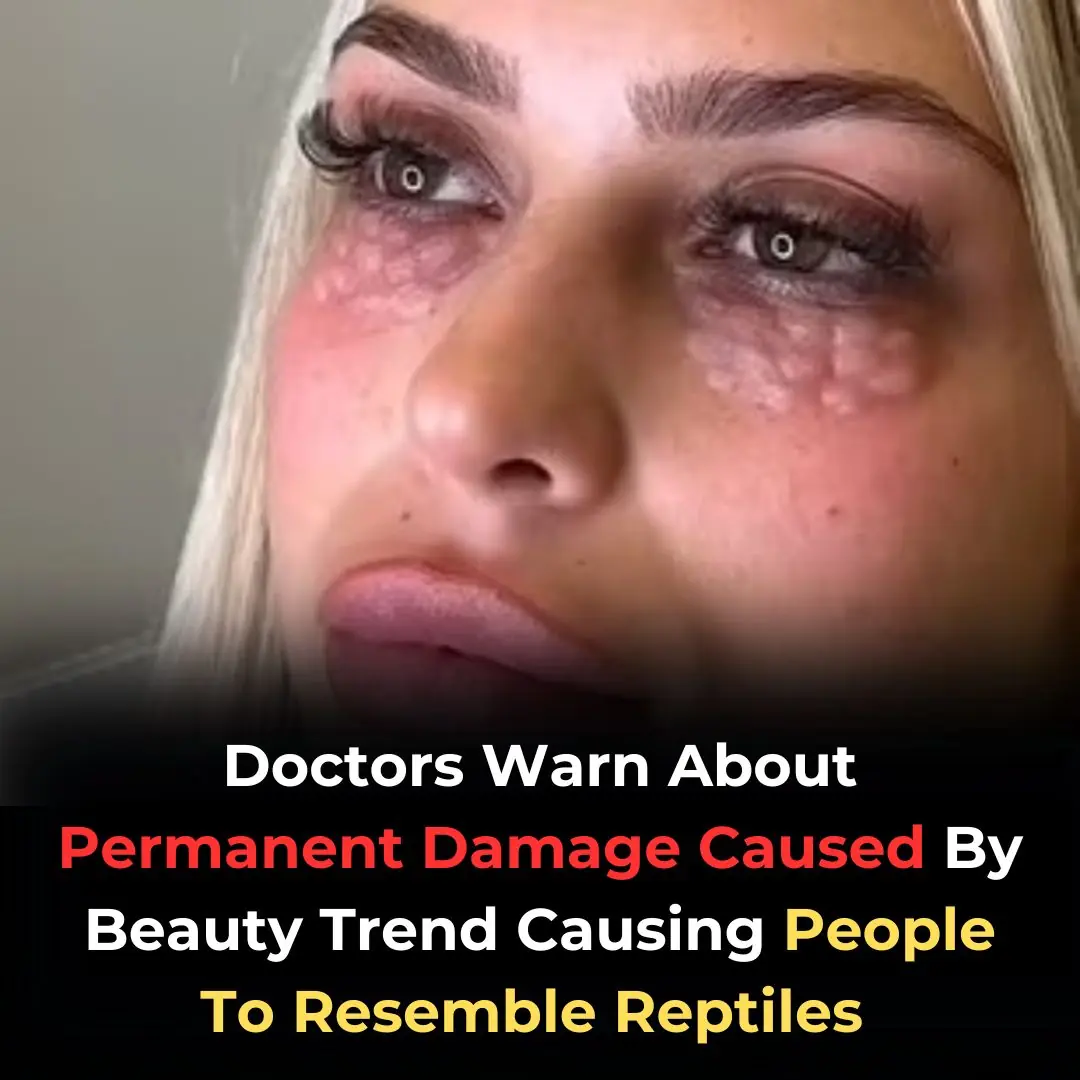
Doctors warn about permanent damage caused by new beauty trend causing people to resemble reptiles

Styes on the eye: Discover natural remedies to relieve discomfort and speed healing.
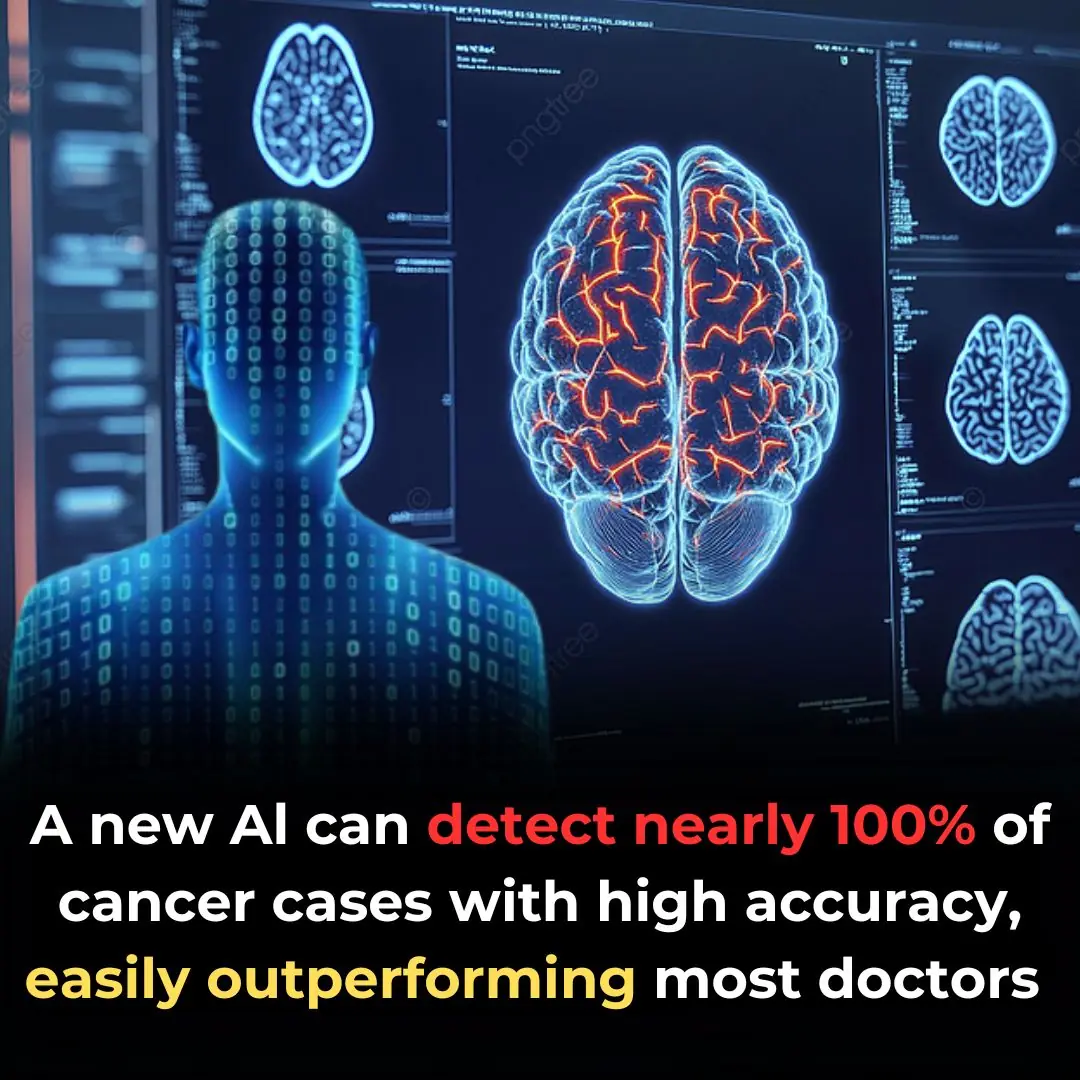
ECgMLP: A novel gated MLP model for enhanced endometrial cancer diagnosis

Why Uncertainty Makes Us So Anxious, and How to Deal With It

Top Signs Your Body is Toxic and What to Do About It
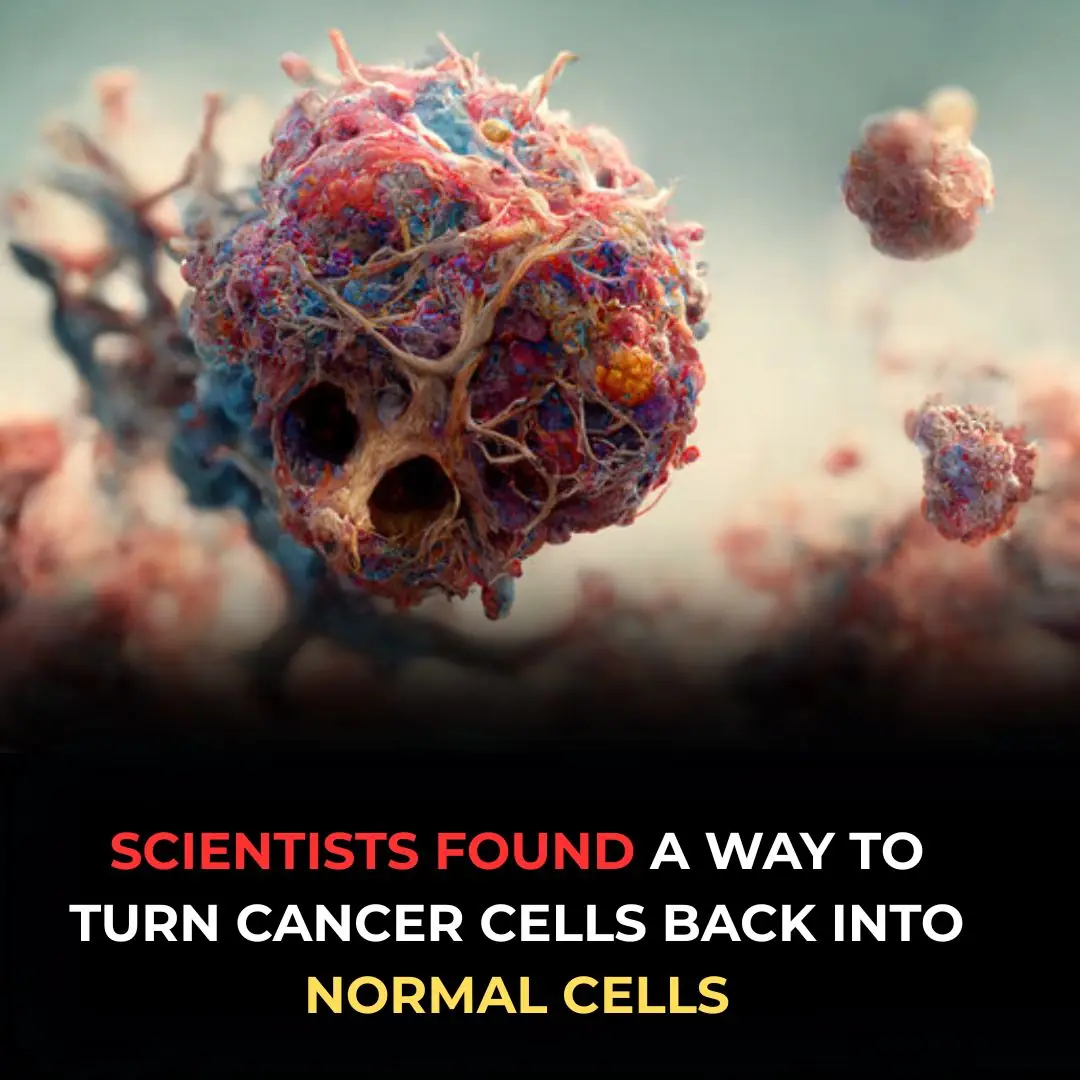
New technology converts cancer cells into normal cells

Cloves mix Garlic, Honey and you will thank me

Boost Your Energy and Stamina Naturally with This Powerful Blend!
News Post
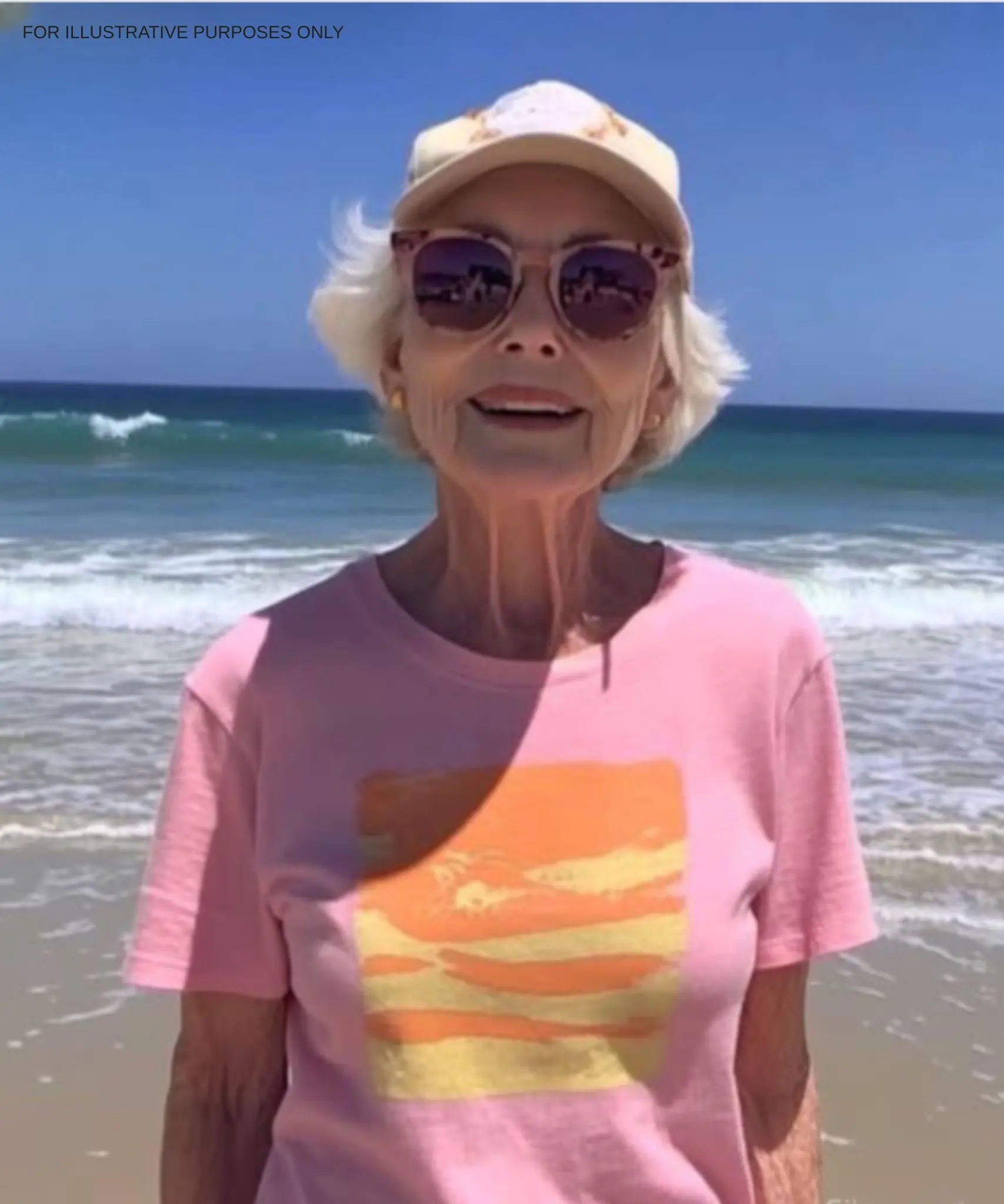
AM I WRONG TO BE ANGRY THAT MY 71-YEAR-OLD MOM SPENT MONEY ON A TRIP INSTEAD OF HELPING ME PAY MY BILLS?

Risk Of Prostate Cancer Increases By 45% In Men Who Share This Common Practice

A wounded veteran picks up trash, as people whisper behind me.

End-of-life nurse shares the most disturbing behaviors seen in those nearing death

I held her tight while she cried and wouldn’t let go.

**Say Goodbye to Skin Tags and Warts: Easy Removal with Hydrogen Peroxide**

My 8-year-old son insisted that we surprise our neighbor for her birthday, but we didn’t expect how she would react.

What Does It Signify When You Dream of a Deceased Loved One?
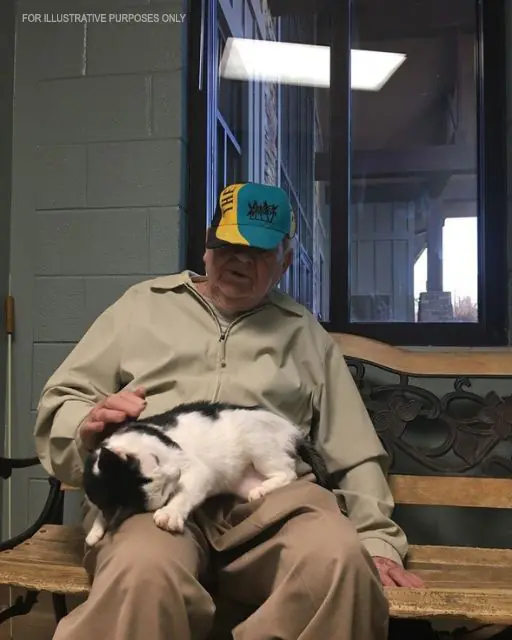
The Nursing Home Cat Only Loved One Man—and After He Passed, We Finally Understood Why
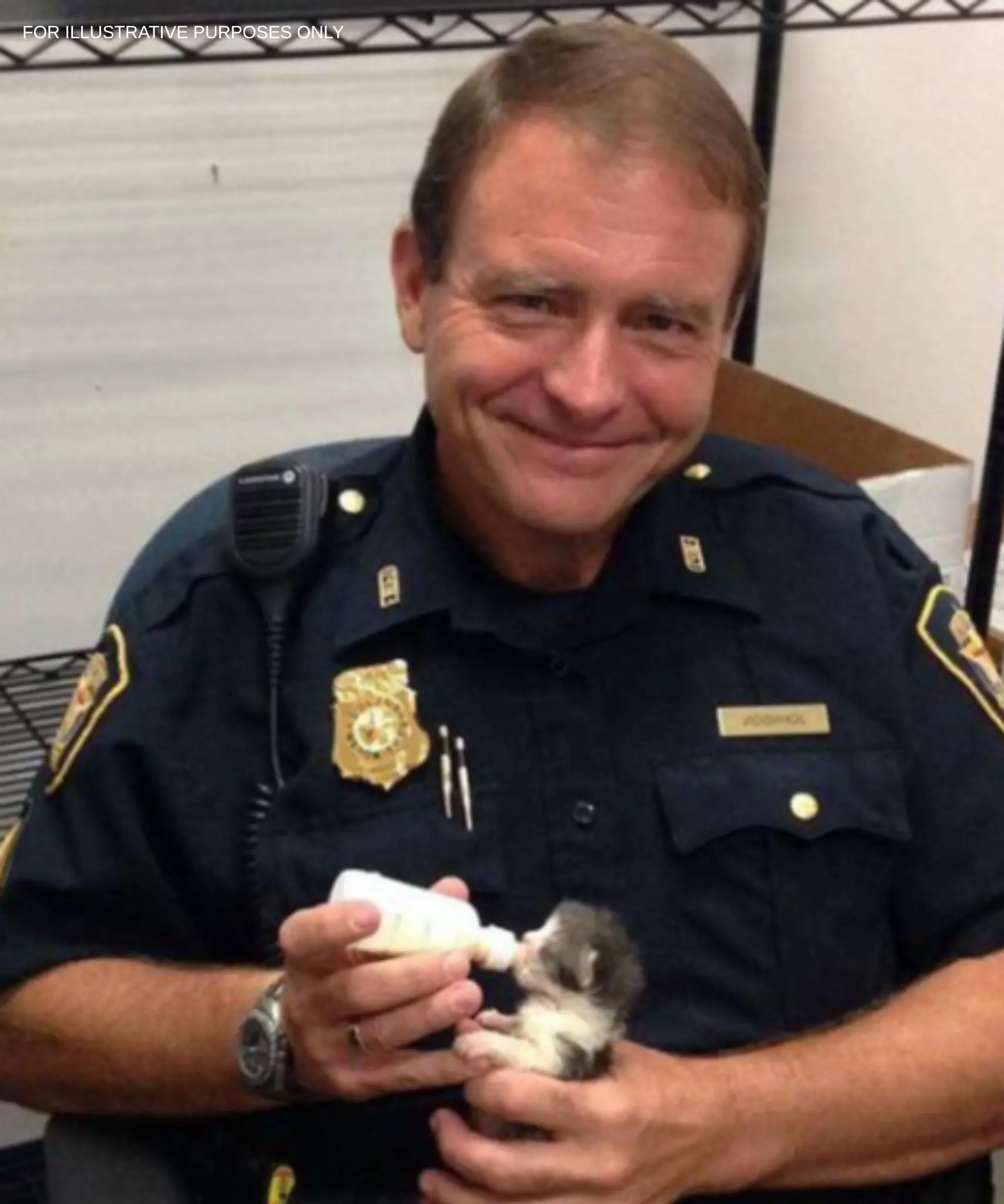
A police officer found a tiny kitten, but when he watched security footage, he frowned.

When Mommy asked, “Are you home?” I wanted to say “yes,” but I couldn’t.

I Lost Weight Without a Diet! 🥗 –10 kg in 1 Month! Eat Day and Night and Still Lose Weight!(Carrot, Cabbage & Red Onion Magic Recipe!)

A Rich Man Turned Away a 10-Year-Old Boy Begging for Help – 13 Years Later, Their Paths Cross Again in an Unexpected Twist
Soaked by rain and trembling with hunger, a young boy once asked a wealthy stranger for help, and was coldly turned away. Thirteen years later, their paths cross again, but this time the boy holds the power to change a life.

My 16-Year-Old Son Went to Stay with His Grandmother for the Summer – One Day, I Got a Call from Her
When my 16-year-old son offered to spend the summer taking care of his disabled grandmother, I thought he’d finally turned a corner. But one night, a terrifying call from my mother shattered that hope.

8 Fruits That Can Harm People with Kidney Disease

The #1 Most Powerful Remedy in the World

Watermelon Seed Tea: A Natural Remedy for Health & Wellness

78-Year-Old Woman Returns from Nursing Home to Her House – Only to Find a Mansion with Changed Locks in Its Place
Margaret left her home behind years ago, believing it would always be there waiting for her. But when the 78-year-old finally returned, her small house had vanished, replaced by a grand mansion with locked doors and a shocking secret inside.
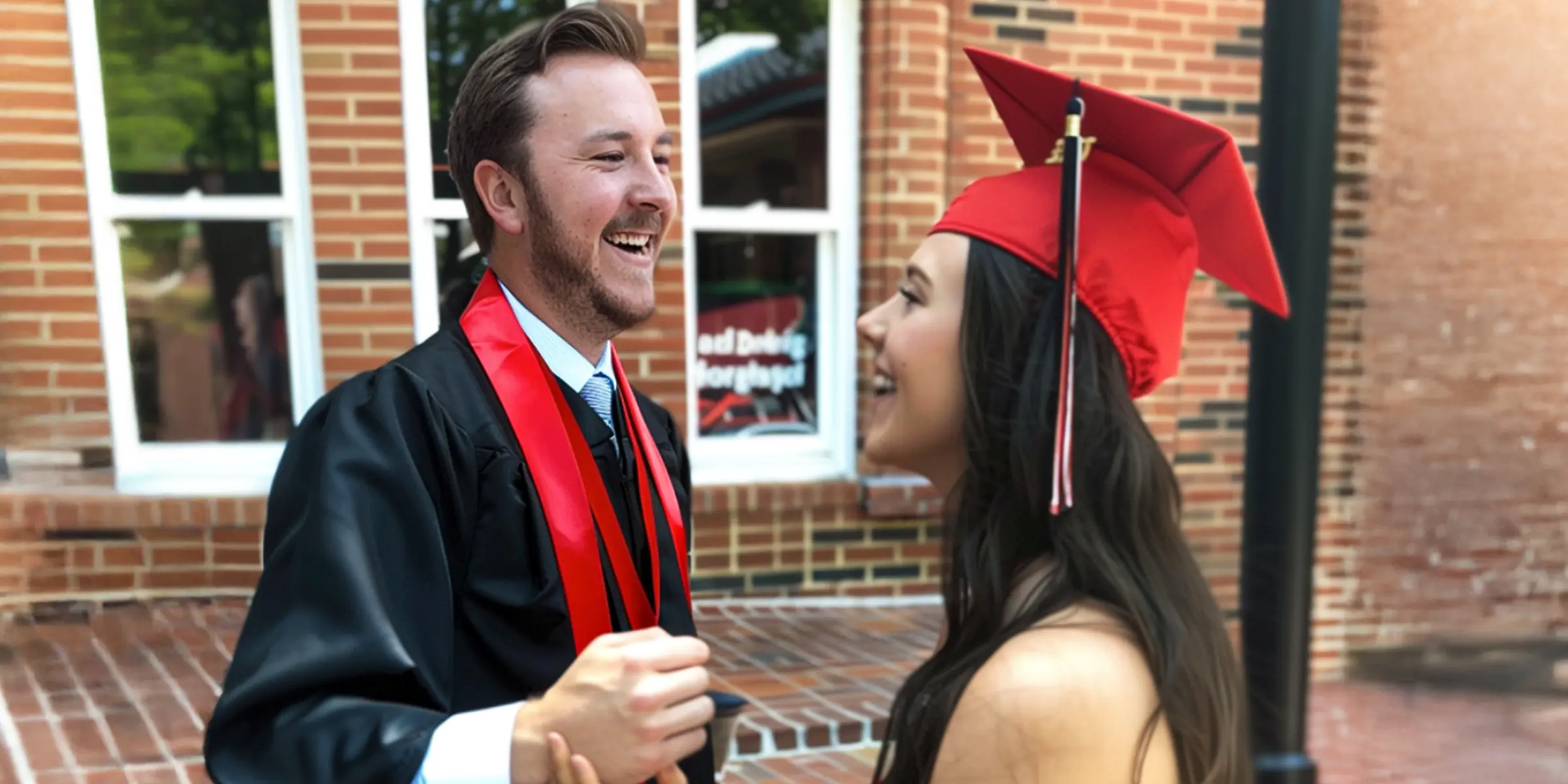
I Paid for My Husband's Medical Studies—but After Graduation He Told Me I Wasn't 'Good Enough' for Him Anymore
I worked double shifts, skipped vacations, and drained my savings so my husband could chase his dream of becoming a doctor. The day he graduated, I stood there, proud. But before I could celebrate, he turned to me and said six words that shattered everyth
